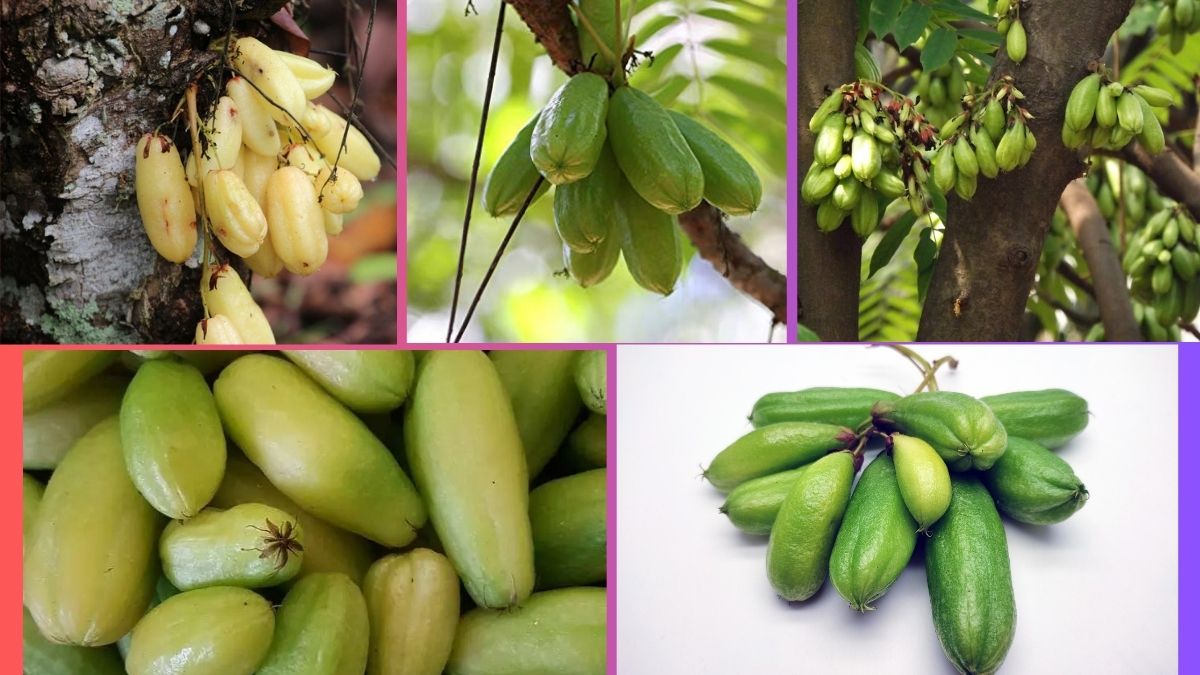When it comes to exotic tropical fruits, few are as unique and versatile as the Bilimbi (Averrhoa bilimbi). Known for its sharp, sour flavor and myriad of culinary and medicinal uses, bilimbi is a cherished fruit in various parts of Southeast Asia, the Indian subcontinent, and parts of Central and South America.
But amidst its widespread cultivation, which country leads global production? In this article, we’ll explore the history, characteristics, cultural uses, and production statistics of bilimbi — and finally reveal the world’s largest bilimbi producer.
What Is Bilimbi?
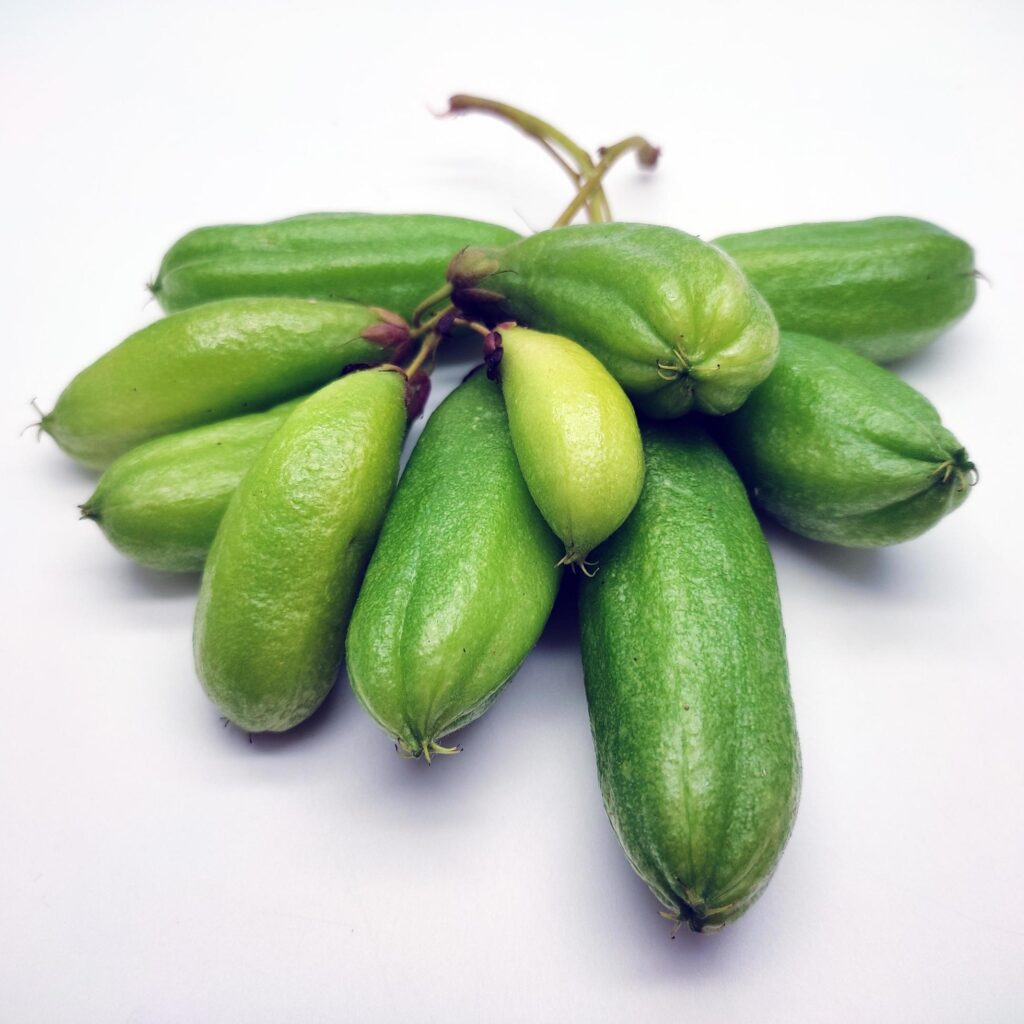
Bilimbi is a small, cucumber-shaped fruit with thin, shiny skin that turns from light green to pale yellow when ripe. The fruit grows in clusters directly from the trunk and larger branches of the bilimbi tree, a member of the Oxalidaceae family — closely related to the starfruit (Averrhoa carambola).
Bilimbi is extremely sour due to high concentrations of oxalic acid and is commonly used in traditional cuisines as a natural souring agent, especially in pickles, chutneys, curries, and fish dishes.
Historical and Cultural Significance
Native to Indonesia and the Malay Peninsula, bilimbi has been cultivated for centuries across tropical Asia. It later spread to India, Sri Lanka, the Philippines, the Caribbean, and Central America through maritime trade and colonial introductions.
In countries like Malaysia, Indonesia, and India, bilimbi has long been a staple in home gardens and local markets, prized not just for its culinary applications but also for its traditional medicinal value.
Where Is Bilimbi Grown Globally?
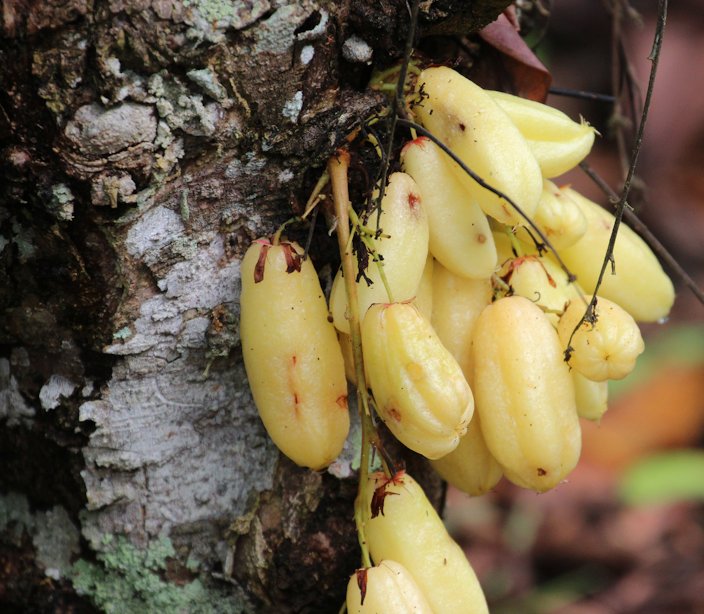
Bilimbi thrives in hot, humid tropical climates with well-drained soils. Today, it’s cultivated on a small to medium scale in:
- Indonesia
- Malaysia
- Philippines
- Thailand
- India
- Sri Lanka
- Brazil
- Costa Rica
- Cuba
- Colombia
While found across several tropical countries, commercial-scale cultivation remains largely regional.
Which Country Is the Largest Bilimbi Producer Globally?
Based on available regional horticulture records, ethnobotanical studies, and agricultural export reports, Indonesia is considered the largest producer of bilimbi globally.
While precise global production data for bilimbi isn’t widely tracked by major international databases like the FAO, agricultural records from Southeast Asia consistently identify Indonesia as the primary cultivator, owing to the fruit’s native status and deep integration into Indonesian culinary culture.
Bilimbi Production in Indonesia
In Indonesia, bilimbi is commonly known as Belimbing Wuluh and grows abundantly in both home gardens and orchards across Java, Sumatra, Sulawesi, and Kalimantan.
Although official tonnage figures are limited, Indonesian agricultural statistics suggest:
- Over 7,000 hectares are dedicated to bilimbi cultivation
- Annual production exceeds 35,000 metric tons
- The fruit is consumed fresh, pickled, candied, and processed into jams, juices, and herbal tonics
Bilimbi is also a fixture in traditional Indonesian medicine, used for treating coughs, high blood pressure, and digestive issues.
Why Indonesia Leads Bilimbi Production
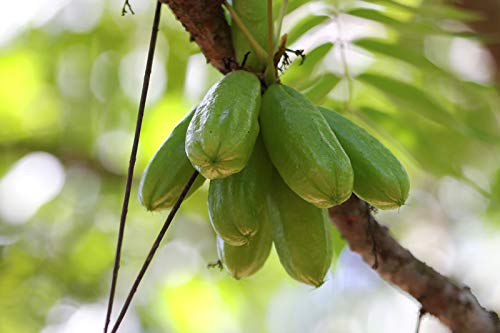
Several factors explain Indonesia’s leadership in bilimbi cultivation:
Native Origin and Ideal Climate
As the native home of bilimbi, Indonesia’s hot, humid tropical climate with consistent rainfall offers perfect growing conditions.
Deep Culinary and Medicinal Demand
Bilimbi is integral to Indonesian cuisine, featuring in traditional dishes like:
- Ikan Asam Padeh (spicy sour fish stew)
- Sambal Belimbing Wuluh
- Sayur Asem (sour vegetable soup)
Its medicinal uses in Jamu (Indonesian traditional herbal medicine) also drive consistent domestic demand.
Low Maintenance Cultivation
Bilimbi trees require minimal care, no grafting, and are disease-resistant, making them ideal for smallholder farmers and home gardens.
Bilimbi Production in Other Countries
While Indonesia dominates bilimbi production, several other tropical nations cultivate the fruit regionally.
| Country | Estimated Annual Production | Notes |
|---|---|---|
| Malaysia | ~15,000 MT | Popular in curries, sambal |
| Philippines | ~12,000 MT | Used in native pickles and sauces |
| India (South India & Kerala) | ~10,000 MT | Known locally as Irumban Puli |
| Thailand | ~6,000 MT | Found in rural home gardens |
| Brazil | ~5,000 MT | Used in sweets, jams |
| Sri Lanka | ~3,500 MT | Traditional pickles and medicinal use |
These countries primarily grow bilimbi for domestic consumption.
Culinary and Traditional Uses
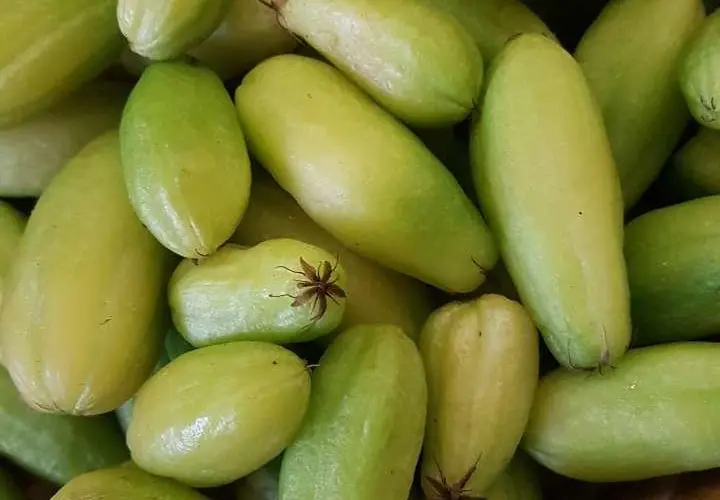
Bilimbi’s sharp, acidic taste lends itself to diverse culinary applications:
Common Dishes:
- Fish curries
- Pickles (achar)
- Chutneys
- Tamarind substitutes
- Candied fruits
- Jams and preserves
- Refreshing sour beverages
In the Philippines, it’s used in dishes like Sinampalukang Manok and Paksiw na Isda. In Kerala, India, it flavors traditional vegetarian curries and pickles.
Medicinal Uses:
Bilimbi is valued in folk medicine for:
- Lowering blood pressure
- Treating cough and cold
- Managing diabetes
- Relieving digestive discomfort
- Healing skin infections
It’s often consumed as fresh juice, herbal teas, or topical poultices.
Nutritional Profile and Health Benefits
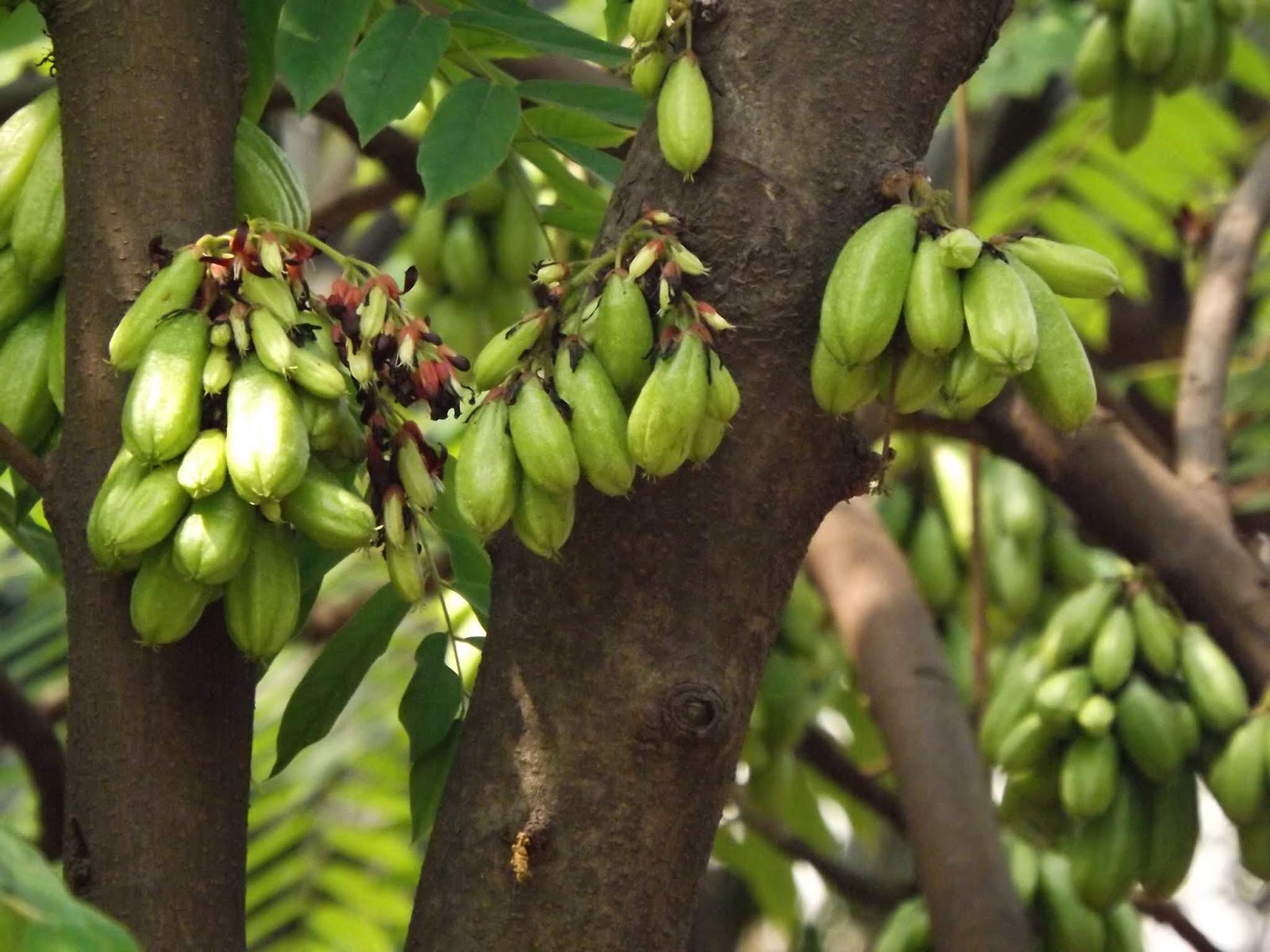
Bilimbi offers notable nutritional benefits despite its sourness:
| Nutrient (per 100g) | Amount |
|---|---|
| Energy | 31 kcal |
| Vitamin C | 35 mg |
| Potassium | 140 mg |
| Calcium | 11 mg |
| Oxalic acid | High |
Health Benefits:
- Boosts immunity
- Improves digestion
- Aids in managing hypertension
- Possesses antimicrobial properties
- Rich source of antioxidants
Caution and Food Safety
Bilimbi’s high oxalic acid content warrants caution. Excessive consumption, especially of the raw juice, can cause:
- Kidney discomfort
- Throat irritation
- Risk for individuals with kidney stones
It’s traditionally blanched, pickled, or cooked to reduce acidity before consumption.
Future Market Potential
With growing global interest in ethnic and functional foods, bilimbi holds niche export potential, particularly as:
- Pickled and candied products
- Frozen pulp and concentrates
- Herbal extracts for natural remedies
Indonesia and Malaysia are exploring export opportunities in specialty health food markets in Europe, the Middle East, and Australia.
Conclusion
To answer the question — Which country is the largest bilimbi producer globally?
The clear and unrivaled leader is Indonesia.
Thanks to its native origin, perfect tropical climate, deep-rooted culinary traditions, and minimal cultivation challenges, Indonesia accounts for the majority of the world’s bilimbi production. As global appreciation for unique tropical fruits rises, Indonesia’s bilimbi industry is poised to expand — preserving its position as the world’s primary supplier of this fascinating sour fruit.
